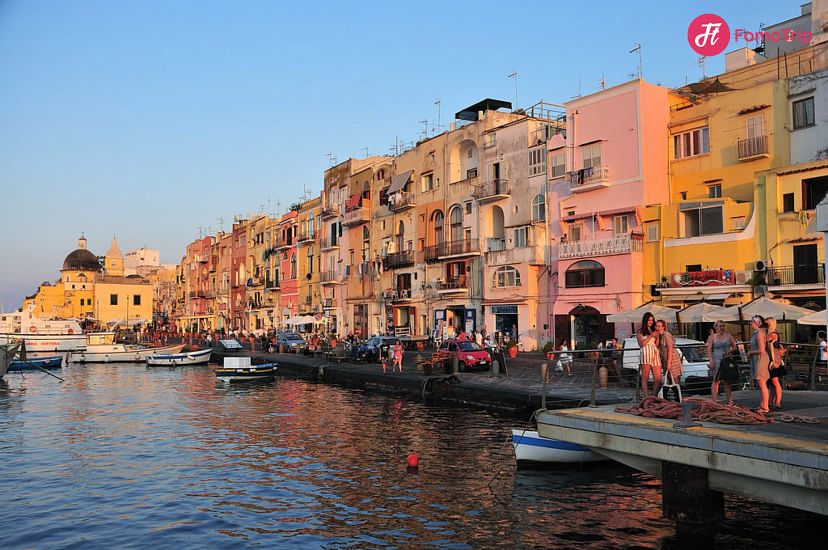Exploring the Rich Cultural Heritage and Spiritual Significance of Ayodhya, Uttar Pradesh: A Deep Dive into the Holy City's Mythology, Temples, and Historical Landmarks
Prashant
Blogger

Exploring the Timeless Charm of Ayodhya, Uttar Pradesh
Nestled on the banks of the sacred Sarayu River in the northern Indian state of Uttar Pradesh, Ayodhya stands as a testament to India's rich cultural tapestry and spiritual heritage. Revered by millions as the birthplace of Lord Rama, Ayodhya has been a focal point of Hindu pilgrimage and devotion for centuries, drawing visitors from across the globe to its hallowed grounds.
Historical Significance:
Ayodhya's history is steeped in mythology and legend, with references to the city dating back to ancient Hindu scriptures such as the Ramayana. According to Hindu belief, Ayodhya was once the capital of the illustrious Kosala Kingdom, ruled by the virtuous King Dasharatha, father of Lord Rama. The epic tale of the Ramayana, which chronicles the life and adventures of Lord Rama, has been passed down through generations, immortalizing Ayodhya as the sacred land where the divine prince was born.
Spiritual Landmarks:
One of the most revered sites in Ayodhya is the Ram Janmabhoomi, believed to be the birthplace of Lord Rama. The site has been a subject of controversy and debate over the years but remains a focal point of pilgrimage for devout Hindus. The grandeur of the Ram Janmabhoomi complex, with its ornate temples and intricately carved sculptures, exudes a sense of divinity and tranquility that captivates visitors.
Adjacent to the Ram Janmabhoomi lies the Hanuman Garhi, a temple dedicated to Lord Hanuman, the devoted disciple of Lord Rama. Perched atop a hill, the temple offers panoramic views of Ayodhya and serves as a symbol of unwavering devotion and strength.
Cultural Heritage:
Ayodhya is not only a place of spiritual significance but also a melting pot of diverse cultures and traditions. The city's vibrant streets are lined with bustling markets, where artisans showcase their exquisite handicrafts and traditional wares. From intricate wood carvings to colorful textiles, Ayodhya's craftsmanship reflects centuries of artistic excellence and creativity.
The annual Ram Navami festival is celebrated with great fervor in Ayodhya, drawing devotees from far and wide to partake in the festivities. The city comes alive with processions, music, and dance, as devotees pay homage to Lord Rama and seek his blessings for prosperity and happiness.
Preserving Heritage:
In recent years, efforts have been made to preserve and promote Ayodhya's rich cultural heritage. The Uttar Pradesh government has undertaken various initiatives to develop infrastructure and amenities for tourists, ensuring a comfortable and enriching experience for visitors.
Additionally, archaeological excavations and restoration projects have shed new light on Ayodhya's ancient past, uncovering hidden treasures and historical artifacts that offer valuable insights into the city's illustrious history.
Conclusion:
Ayodhya, Uttar Pradesh, remains a timeless beacon of spirituality and cultural heritage, inviting pilgrims and travelers alike to embark on a journey of discovery and enlightenment. With its sacred temples, vibrant festivals, and rich mythology, Ayodhya continues to captivate the hearts and minds of people around the world, leaving an indelible impression that transcends time and space.





